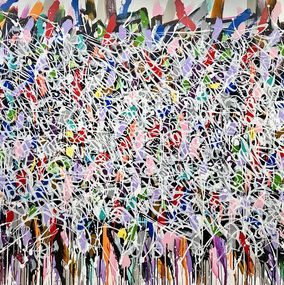
Street Art Painting for Sale
Street art is a dynamic and ever-evolving contemporary art movement that encompasses all artistic expressions created in public spaces. It serves as a powerful means of communication, allowing artists to engage with a broad audience through murals, graffiti, stencils, and street art prints. While often associated with large-scale outdoor works, street art has also expanded into photography, paintings, and limited-edition prints, making it more accessible to collectors and art enthusiasts.
Modern graffiti, which laid the foundation for street art, emerged in the 1960s in Philadelphia before spreading to New York. The urban landscape, filled with dense traffic, sprawling concrete structures, and overwhelming advertisements, became the perfect canvas for creative expression. The commercialization of spray paint further fueled the movement, leading to a surge of graffiti writers leaving their marks across cities. Among the pioneering graffiti artists were Quik, Futura 2000, and Phase 2, whose iconic lettering and compositions shaped the street art aesthetic.
Graffiti evolved beyond simple tagging to include large-scale murals and intricate lettering. Over time, artists developed unique styles and techniques such as stenciling, stickers, and wheat-pasting. This evolution gave rise to internationally recognized street artists, each with a distinctive artistic signature—Banksy's satirical stencils, Invader's pixelated mosaics, and Jérôme Mesnager's white figures.
Street art gained traction in France in the early 1970s but truly flourished in the 1980s with artists like Blek le Rat and Jérôme Mesnager. As the movement matured, many artists sought ways to preserve their works, especially as law enforcement crackdowns intensified in the 1980s and 1990s. The increasing interest from galleries and collectors led to the first graffiti artist exhibition in New York in 1972. This shift from unauthorized street art to the commercial art world sparked debate, with some artists embracing the transition and others resisting what they saw as the institutionalization of their work.
Today, many street artists balance their practice between urban murals and studio work, creating pieces for major contemporary art galleries while continuing to engage with public spaces. The most renowned street artists, including JonOne, Shepard Fairey, Blek le Rat, Jef Aérosol, Banksy, and Miss Tic, remain active in both spheres, often producing legally commissioned works in urban settings.
The popularity of street art has skyrocketed, making it one of the most sought-after movements in the contemporary art market. Collectors can now acquire original paintings, graffiti-inspired prints, and exclusive editions from leading and emerging street artists. On Artsper, discover an extensive collection of street art pieces, from the playful works of M. Chat to the geometric compositions of L'Atlas, the bold portraits of Jef Aérosol, and the vibrant murals of Okuda. Whether starting a collection or expanding an existing one, street art prints and paintings offer a unique way to bring the energy of the streets into any space.
Save your search and find it in your favorites
Save your search to find it quickly
Saved search
Your search is accessible from the favorites tab > My favorite searches
Unsaved search
A problem occurred


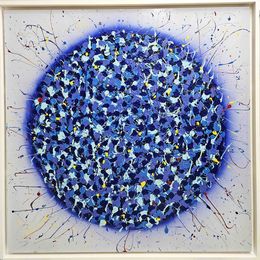



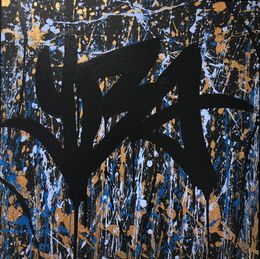
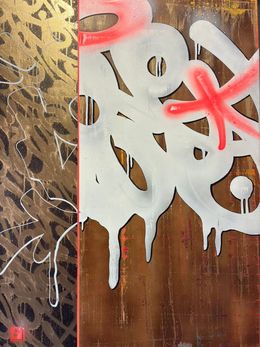




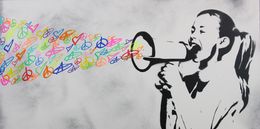
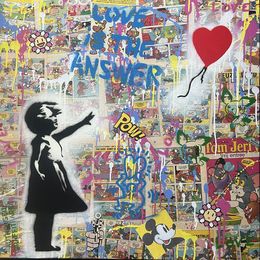

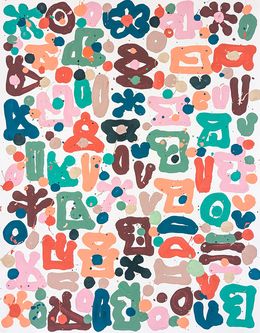



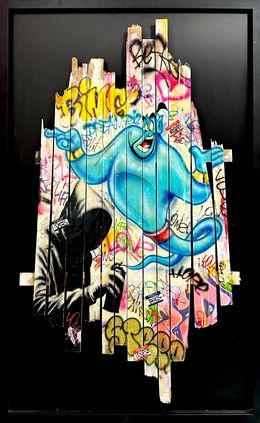






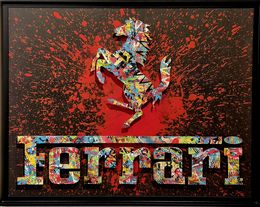


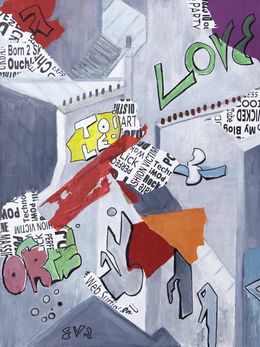

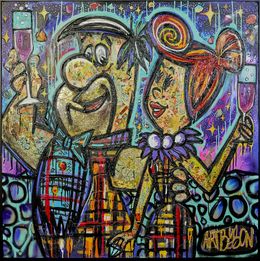














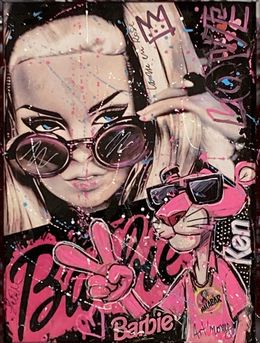


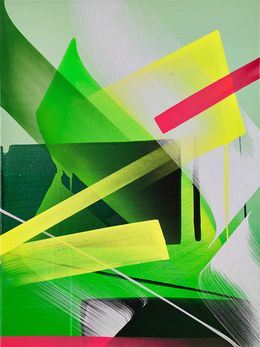
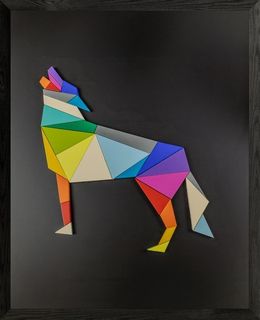







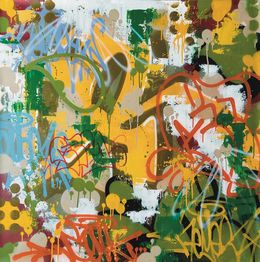




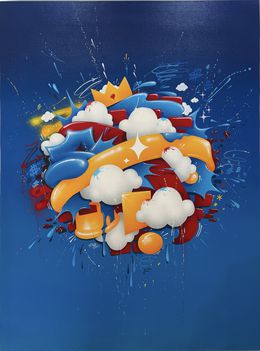


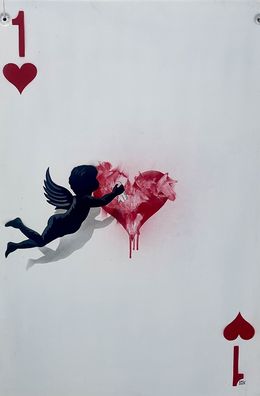



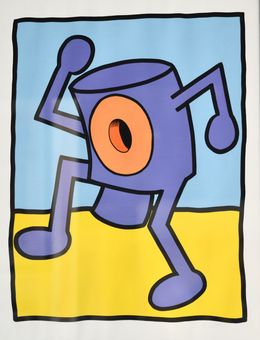






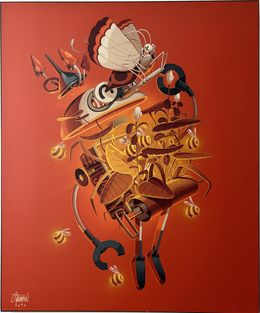
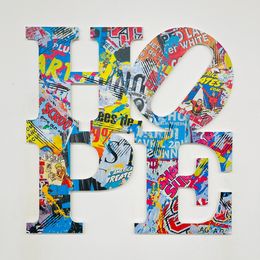














Discover the styles & movements
Discover the selection of our experts
Street art refers to art created in public outdoor locations, and can take a variety of forms, including graffiti and mural. It is usually unsanctioned, often being referred to as "independent art".
Street art can be referred to by a number of other names, including "independent art", "mural", "post-graffiti" and "guerrilla art".
An example of street art is graffiti. Graffiti has existed since the ancient Greek and Egyptian period, and can serve different functions, such as to convey a message or to be purely aesthetic.







